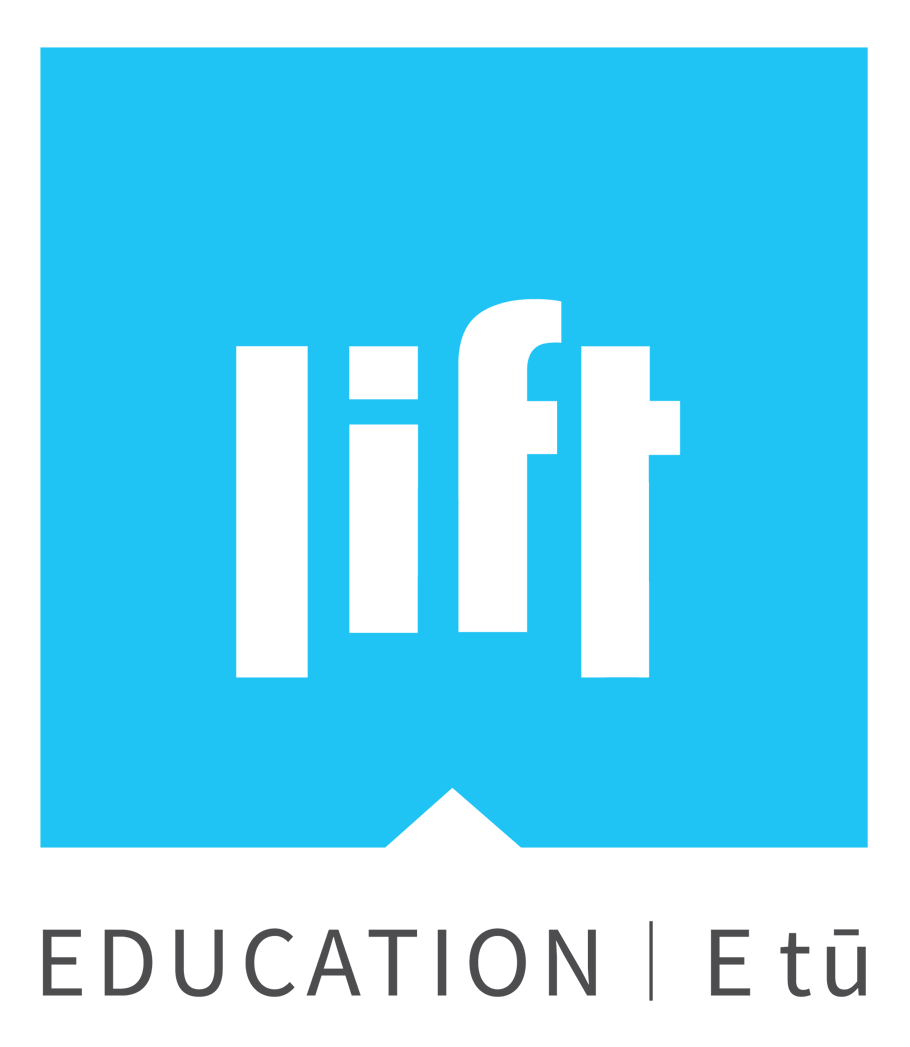Typography is often not the first thing that springs to mind when describing a designer’s role in the creation of educational materials.
Often words like graphics, layout, images, colour, and diagrams are used – all vital in the design of a resource that is instructional and visually appealing – however, one of the most important jobs of a graphic designer is the use of typography. A lot of thought goes into choosing the right font for an educational resource. The font needs to reflect the text’s content and tone, suit the level of the publication in terms of readability and legibility, and be the correct size, among other things.
Publishing open-source content for the Ministry of Education
In 2014, the Ministry of Education began publishing open-source content. Because of this, they need open-source fonts to use in their publications, including the instructional series (Ready toRead, Junior Journal, School Journal, School Journal Story Library and Connected). At Lift Education, we were given the task of identifying usable open-source fonts. We researched and chose a small stable of fonts for use by the Ministry and developed guidelines for their use (Font Guidelines for the Instructional Series NZC Levels 2–4). But because of the limited number of quality fonts available, we were given the task of developing new fonts.
Developing new fonts
We began by creating a sans-serif infant font (Aronui) for the Ready to Read series. Two serif fonts followed: Tamaiti with infant characters for younger readers and Whero for older readers. We then designed Tipu, which along with Aronui is a sans-serif infant font for younger readers, and Pakiwaituhi, whose loose print style is perfect for use in the graphic novels within the instructional series. Finally, we designed a condensed font, Rahirahi, because we found that there wasn’t a wide selection of open-source condensed fonts.
All these new fonts come in regular, regular italic, bold and bold italic. They also have the macrons and diacritical marks required for te reo Māori and Pasifika languages. These fonts are open source, and free to use and share. Feel free to download the fonts below and try them for yourself!
Download the fonts
Adam Pryor, designer


